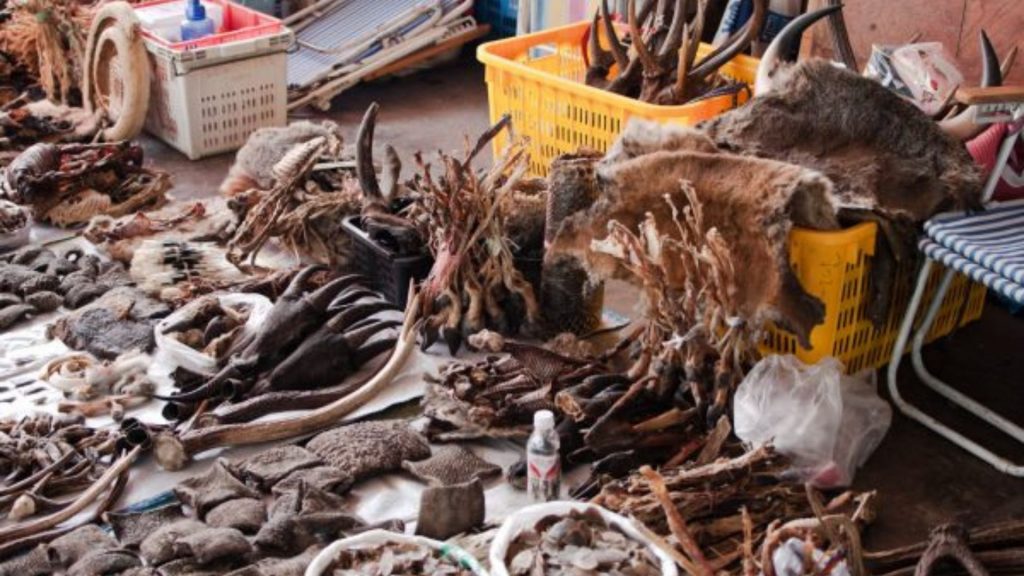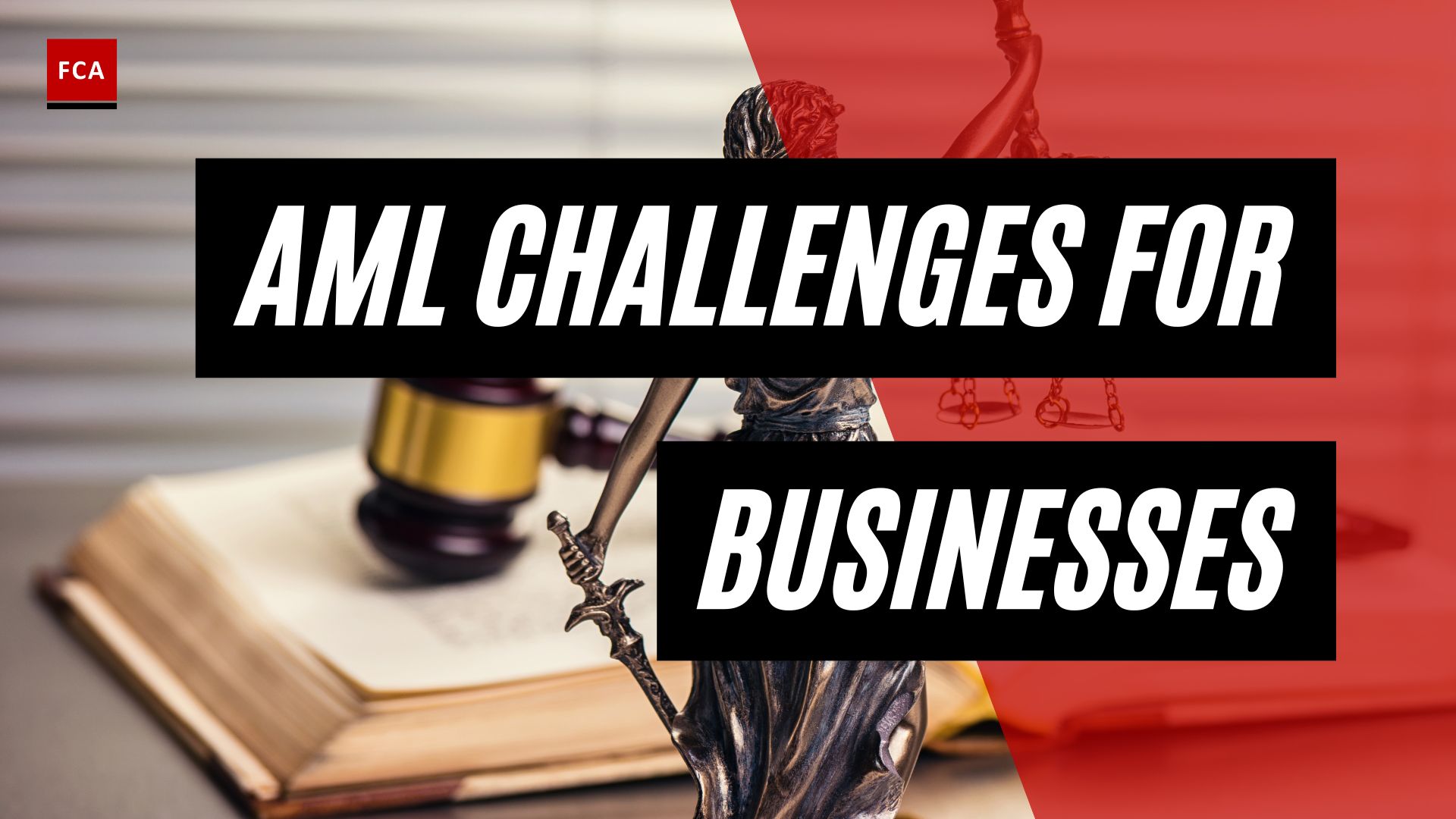The illegal wildlife trade has certain characteristics that are somewhat unique compared to other forms of transnational crime and money laundering. For example, the means of payment for wildlife or wildlife contraband typically involve mobile money.

Money Laundering In Relation To Illegal Wildlife Trade
Mobile money is a digital payment method that allows for the transfer of money between cellphone devices. To receive, withdraw, and send money, users don’t need an internet connection, a smartphone, or the formal banking system. Mobile money is particularly popular in sub-Saharan Africa, a region that is not only prone to the illegal wildlife trade, but also widely underbanked. In addition, wildlife traffickers frequently make use of cash payments.
According to the Financial Action Task Force, the majority of criminals involved in the illegal wildlife trade did not outsource their money laundering activities to a professional third part. It is possible though that some larger and ever-growing criminal groups are relying on professional launderers.
In any event, and despite the typical use of mobile and cash payments, criminals are using a wide range of mechanisms across the supply chain of the illegal wildlife trade to move and launder proceeds.
Misuse Of The Formal Financial Sector
According to FATF, criminals engaged in the illegal wildlife trade are relying on “established” methods to launder their proceeds, including the placement and layering of funds through the formal financial sector.
This shows the important role that financial institutions can play in detecting suspicious activity and the risk that they face.
The methods that criminals use within the formal financial sector include placing and layering funds through cash deposits, for example, under the guise of loans or payments; e-banking platforms, including electronic payment services that are tied to a credit card or bank account licensed money value transfer systems; as well as third-party wire transfers through banks.
In order to conceal the sender and the receiver of the funds, and to avoid the country-specific threshold reporting by financial institutions, criminals are relying on money mule accounts and low-value payments.
Front Companies And Co-Mingling Of Licit And Illicit Proceeds
Both small-scale and large-scale criminals involved in the illegal wildlife trade often use shells and front companies to conceal payments and launder the proceeds of their illicit activities. Criminals are primarily using shell companies to facilitate transfer of value between members of a criminal group, between buyers and sellers, or to hold assets.
At the same time, criminals use front companies, which generally conduct legitimate business simultaneously to the illegal activity, to both facilitate the movement of the wildlife itself and to co-mingle licit and illicit proceeds, thereby disguising the transfer of value.
According to FATF, wildlife traffickers often use front companies that have connections to import-export industries to help to justify the movement of goods and payments across borders.
Another common trend is the misuse of front companies with connections to the legal wildlife trade, including taxidermists, farms, breeding facilities, pet shops and zoos.
Other industries that may be more vulnerable to misuse include traditional medicine, décor and jewelry, and fashion. Importantly, criminals incorporate shell and front companies in both – the source or destination countries for the illicit wildlife, but also take advantage of the weak regulatory environments in some financial and incorporation centers to set up complex company structures.
Let us discuss one particular example, involving a large-scale pangolin trafficking case and the co-mingling of proceeds
In 2018, Indonesian authorities detected a large-scale syndicate that was responsible for trafficking pangolin scales worth approximately USD 9 million between 2012 and 2017.
The syndicate leaders in this case, Mr. S, Mr. A, Mr. B, and Mr. C used a network of intermediary bank accounts under false names to disguise the relevant payments. The vast majority of the intermediary accounts were set up under the pretense of being legitimate animal or farm suppliers.
Further examination of the financial transactions from Mr. S and Mr. A showed a financial flow of around USD 6 million from convicted drug dealers. The Indonesian authorities identified that Mr. A, B and C used the company accounts to co-mingle revenue from their legal fishing company, and illegal proceeds from pangolin and drug trafficking.
Based on further examination of company accounts, Indonesian authorities identified that the company had sent funds abroad to 23 beneficiaries in foreign supply companies as many as 129 times. Using customs data to compare the identified parties, which received funds from Mr. A, B and C’s company, with the list of senders or suppliers within the same period, Indonesia could identify three suppliers that received funds from the company but were not recorded as being a supplier. The authorities therefore suspected that the imported goods did not match the information contained in the document of imported goods. In fact, the purpose was to traffic wildlife and move value through the trade system.
Purchase Of Real Estate And Luxury Goods
Criminals are also purchasing high-value goods, such as real estate and luxury items, including vehicles, jewelry and artwork, to launder proceeds from the illegal wildlife trade at the integration stage.
Let’s make another example that describes how two South African and Indonesian wildlife syndicates laundered their proceeds through luxury property and vehicles.
This example concerns a rhinoceros horn syndicate involving around 12 individuals operating in South Africa. The accused and their associates unlawfully hunted and dehorned rhinoceros, and sold approximately seven rhinoceros and 14 horns for profit. The accused were also allegedly involved in robberies, housebreaking, corruption, kidnapping and murder. The leader of this syndicate was a former police officer; the suspected corruption relates to the bribery of a park official to not arrest members of the syndicate in a National
Park. Syndicate members used cash as the primary means of payment. They mostly laundered the proceeds through the cash purchase of properties and luxury vehicles worth around USD 1 million. Authorities have charged the accused with illegal dealing in and possession of rhinoceros horn, illegal hunting of rhinoceros, corruption, murder, robbery, housebreaking, theft of rhinoceros horn, harboring illegal immigrants, money laundering and racketeering.
Money Value Transfer Systems
In addition, criminals are also using informal money value transfer systems, such as the Hawala system, and other similar services, such as “fei chen’”, or “hundi” to conceal and launder proceeds from the illegal wildlife trade.
As with all forms of informal money value transfer systems, these schemes are often community-based and draw on a network of brokers across countries to facilitate international transfers without money physically crossing borders.
Facilitation Role Of New Technologies
Finally, new technologies play an important role in facilitating communication and non-face-to-face payments between buyers and sellers for illegal wildlife. In particular, encrypted communication platforms and illegal wildlife marketplaces hosted via social media sites, online vendor platforms, and the dark net increase the ease with which wildlife transactions can occur between buyers and sellers.
Although online listings are easily accessible, VPN connections disguise the location of wildlife traffickers who often engage prospective buyers through private groups or encrypted mobile messaging platforms.
At the same time, the evolving payment infrastructure for online sales, and its potential for significant growth, are also posing potential challenges to counter-IWT efforts. Within Africa, where mobile money systems are used extensively, there are examples of such platforms, such as M-Pesa, being misused to transfer payments related to wildlife crime. Similarly, across Asia and Africa there are examples of criminals misusing pre-paid cards, mobile apps or social media-based platforms linked to bank accounts, to transfer and launder funds from illegal wildlife trade.
Final Thoughts
After arms, drugs, and human trafficking, the illegal wildlife trade is the world’s fourth largest type of crime. Profits are estimated to range between $7 and $23 billion per year. Iconic species like elephants, pangolins, and tigers are still hunted to supply this trade. They are the targets of organized crime, which sees wildlife crime as a lucrative and low-risk opportunity.
However, crime syndicates must find ways to launder their money, washing it clean through the world’s financial systems so that their vast profits appear legitimate.








